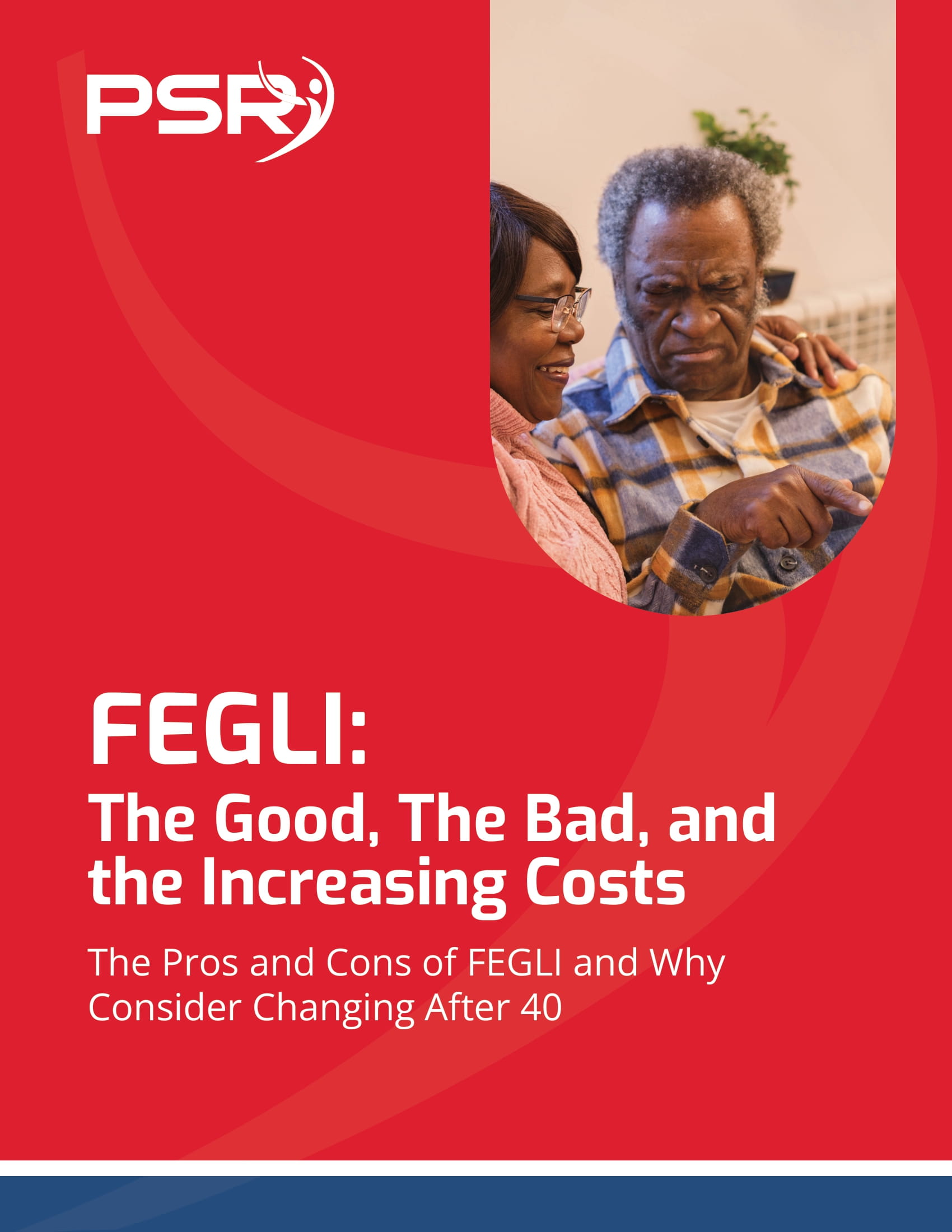Key Takeaways:
- Divorce can significantly impact federal employees’ retirement benefits, including pensions, Thrift Savings Plan (TSP), and survivor benefits, making it essential to understand how these assets may be divided.
- Legal processes, such as court orders and settlements, play a major role in determining the outcome of federal retirement benefits during divorce proceedings.
Divorce and Your Federal Retirement Benefits: Here’s What Can Happen to Your Pension When Things Fall Apart
- Also Read: New Rules for Federal Employees in 2025: What You Need to Know to Stay Ahead
- Also Read: Seven TSP Fund Allocation Strategies Federal Employees Are Using to Strengthen Their Retirement Portfolios
- Also Read: Military Buyback for Federal Employees: Is It Really Worth It? Here’s What You Need to Weigh Up
Understanding Marital Property and Divorce Settlements
In many cases, retirement benefits earned during a marriage are considered marital property and are subject to division during a divorce. This is true for federal employees’ pensions as well as TSP accounts. The exact division of these assets depends largely on state laws, which vary in how they define and divide marital property.
In community property states, all assets acquired during the marriage, including retirement benefits, are generally split equally between spouses. In equitable distribution states, assets are divided based on what the court deems fair, which may not always mean a 50/50 split. Understanding the distinction between these approaches is crucial for federal employees, as it can affect how much of their retirement assets they may have to part with during a divorce.
Court Orders and Retirement Benefits
For federal employees, the division of retirement benefits is governed by specific court orders issued during the divorce proceedings. These court orders, known as Court Orders Acceptable for Processing (COAPs), are required for the federal Office of Personnel Management (OPM) to authorize the division of CSRS or FERS pensions. Similarly, TSP accounts can be split by a separate court order known as a Retirement Benefits Court Order (RBCO).
The language in these court orders must be precise, as any ambiguity can lead to delays in processing or disputes later on. These orders typically dictate how much of the pension or TSP balance is to be awarded to the former spouse and whether that amount is a percentage or a fixed dollar amount.
Dividing CSRS and FERS Pensions
CSRS and FERS pensions are often among the most valuable assets in a federal employee’s retirement portfolio. These pensions are typically considered part of the marital estate, meaning they can be divided during a divorce. The exact division of the pension depends on several factors, including the length of the marriage and the time overlap between the marriage and the federal employee’s service.
In many cases, the former spouse may be entitled to a portion of the employee’s pension, calculated based on the length of the marriage during the federal employee’s service. For example, if the couple was married for 15 years and the federal employee worked for 30 years, the former spouse might be awarded half of the pension earned during the marriage, which could equate to 25% of the total pension. Courts may also take into account factors such as the age and financial needs of both parties when determining the division of pension benefits.
Thrift Savings Plan (TSP) in Divorce
The Thrift Savings Plan is another key asset that may come into play during a federal employee’s divorce. Like the pension, the TSP is often considered marital property and can be divided according to court orders. The division of a TSP account is similar to the division of other retirement accounts, such as 401(k)s, and is subject to the terms outlined in the court order.
The court can order a specific percentage or dollar amount to be transferred to the former spouse’s account, and the TSP will execute the order once it’s properly submitted and processed. One advantage of dividing a TSP account is that it can be transferred to the former spouse’s retirement account, such as an IRA, without triggering immediate tax penalties if done correctly.
Survivor Benefits and Former Spouses
Federal employees under both CSRS and FERS have the option to elect survivor benefits for their spouses. These benefits ensure that a portion of the retiree’s pension continues to be paid to the spouse after the retiree’s death. During divorce proceedings, survivor benefits may also become a point of contention, as the former spouse may be entitled to a portion of these benefits.
In many divorce cases, the court will order that the former spouse continue to receive survivor benefits, particularly if they are financially dependent on them. However, the federal employee has the option to reduce or eliminate survivor benefits, depending on the terms of the divorce settlement. It’s important to note that if the court awards survivor benefits to the former spouse, the federal employee’s pension payments may be reduced to cover the cost of providing those benefits.
Health Insurance Coverage After Divorce
Health insurance is another critical consideration for federal employees going through a divorce. Under the Federal Employees Health Benefits (FEHB) program, spouses of federal employees are typically covered under the employee’s health insurance plan. However, after a divorce, the former spouse is no longer eligible for coverage under the FEHB program.
Former spouses may be eligible for temporary continuation of coverage (TCC) for up to 36 months after the divorce, but they will be responsible for paying the full premium, which can be significantly higher than what they paid while covered under the employee’s plan. It’s essential to plan for this change in health coverage, as it can have a substantial financial impact.
Military Service and Divorce: Overlap with Federal Retirement
For federal employees who have also served in the military, divorce can complicate the division of retirement benefits further. Military pensions are subject to division under the Uniformed Services Former Spouses’ Protection Act (USFSPA), which allows state courts to divide military retired pay in divorce settlements.
When military service overlaps with federal service, courts may need to determine how much of the retirement benefit is attributable to military service and how much is attributable to federal service. This distinction can affect the division of benefits and the overall settlement, making it crucial to have a clear understanding of how both federal and military retirement benefits are treated during divorce proceedings.
Considerations for Federal Employees Nearing Retirement
If you’re a federal employee nearing retirement and facing a divorce, it’s essential to understand how your retirement timeline may be affected. Divorce can have significant financial implications on your retirement plans, particularly if you are required to divide your pension, TSP, or other retirement assets with a former spouse.
For employees approaching retirement age, it’s important to factor in the potential impact of divorce on your pension benefits. Working with a financial planner or legal expert who specializes in federal employee benefits can help ensure that you’re making informed decisions about your retirement future. Timing is everything, and understanding how the division of assets will affect your retirement can prevent unpleasant surprises later on.
How to Protect Your Retirement Benefits
If you’re a federal employee going through a divorce, there are steps you can take to protect your retirement benefits. One of the most important steps is ensuring that your court orders are clearly written and specify how your retirement assets are to be divided. Ambiguous or poorly worded court orders can lead to disputes and delays in the division of your retirement benefits.
Additionally, consider working with a legal or financial advisor who has experience in federal employee benefits. Understanding the intricacies of the CSRS, FERS, and TSP systems is critical to ensuring that you’re getting a fair settlement while also protecting your future financial security.
Navigating Divorce and Retirement with Confidence
Divorce can be a challenging time, but understanding how your federal retirement benefits are impacted can help you make informed decisions about your future. Whether it’s the division of your CSRS or FERS pension, TSP account, or health benefits, knowing what to expect can empower you to navigate the process with confidence. Federal employees face unique considerations when it comes to divorce and retirement, but with careful planning and the right legal advice, you can protect your financial future and ensure that you’re prepared for whatever lies ahead.













